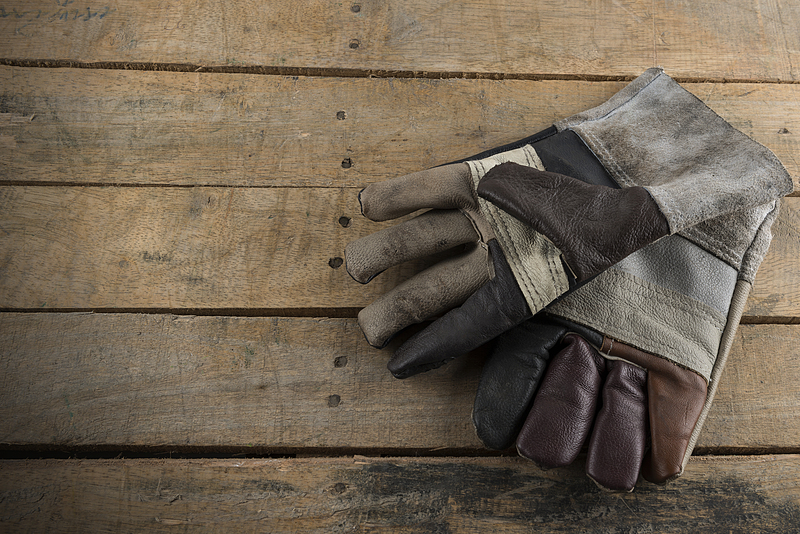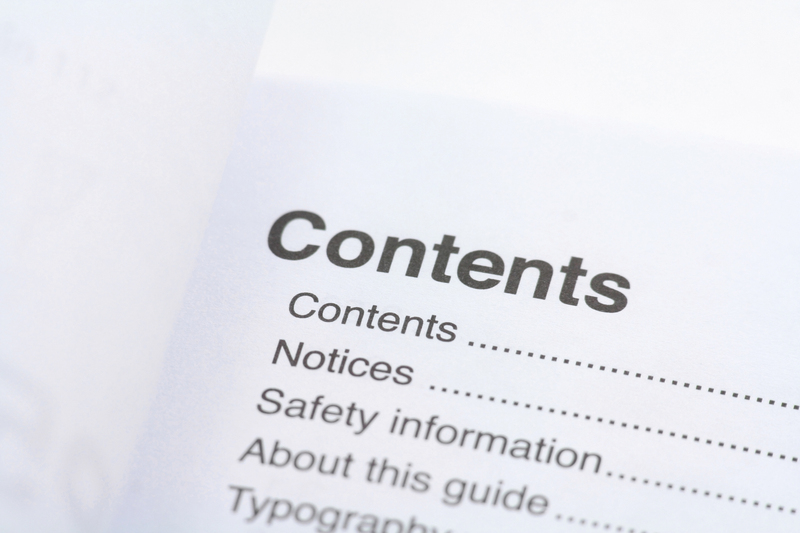Room-by-Room Packing Tips for Moving to a New House
Moving to a new house can be both an exciting and daunting task. One of the biggest challenges is efficiently packing your belongings so they can be easily transported and unpacked at your new home. To make this process less overwhelming, it's helpful to tackle packing one room at a time. In this comprehensive guide, we provide detailed room-by-room packing tips for moving to a new house, ensuring a smooth and hassle-free moving experience.
General Packing Guidelines for Every Room
Before diving into each room, there are a few universal strategies to follow, no matter what you're packing:
- Declutter first: Donate, sell, or discard items you no longer need. This reduces what you need to move and makes unpacking easier.
- Gather the right packing materials: Stock up on sturdy boxes, packing paper, bubble wrap, markers, and tape.
- Label every box: Mark boxes with the room they belong to and a list of contents for faster unpacking.
- Pack a "First Night" box: Set aside essentials you'll need right away, like toiletries, bedding, chargers, snacks, and a change of clothes.

Room-by-Room Packing Guide for Moving
1. Kitchen Packing Strategies
The kitchen is notorious for being the most time-consuming room to pack due to the sheer variety and fragility of items. Here are some tips to streamline the process:
- Start with non-essentials: Pack seasonal items, specialty appliances, and rarely used servingware first.
- Use small boxes for heavy items: Canned goods, pots, and pans are deceptively heavy. Place them in small, sturdy boxes so they're easily lifted.
- Wrap fragile items carefully: Dishes, glasses, and mugs should be wrapped individually in packing paper or bubble wrap. Place plates vertically for extra protection.
- Disassemble appliances: Remove and pack loose parts, securing cords and labeling everything.
- Seal any opened containers and pack perishables last, if you're taking them with you. Consider donating unopened food to reduce what you move.
2. Living Room Packing Advice
The living room contains both bulky furniture and often delicate decorative items. Here's how to proceed:
- Disassemble large furniture: Remove legs from tables and couches if possible. Keep screws and bolts in labeled bags and tape them to the furniture.
- Protect electronics: If you have original boxes for your TV, speakers, or gaming systems, use them. Otherwise, wrap electronics in blankets or bubble wrap and label cords for easy reassembly.
- Take care with artwork and decor: Cover picture frames and mirrors with cardboard and cushioning; mark as "Fragile."
- Wrap lamps with packing paper, remove bulbs, and pack shades separately.
- Roll up rugs and secure them with tape for safe transport.
3. Bedroom Packing Techniques
Bedrooms tend to accumulate a lot of personal items. To keep the moving process organized, follow these bedroom packing tips:
- Sort through clothing: Donate anything you no longer wear. Pack off-season clothing first.
- Use wardrobe boxes: These allow clothes to remain on hangers, keeping them wrinkle-free and making unpacking simple.
- Pack shoes in original boxes or wrap them in pairs to protect them.
- Protect mattresses and bedding: Use mattress covers or plastic wrap to keep them clean during the move.
- Disassemble bed frames, keeping hardware in labeled bags taped to frame parts.
- Store jewelry and valuables separately for extra safety during the move.
4. Bathroom Packing Recommendations
Bathrooms may seem easy to pack, but they contain many small and spillable items.
- Sort and dispose of expired medications and toiletries.
- Pack liquids in sealed bags or containers to prevent leaks.
- Bundle towels and linens in boxes or use them to cushion breakable items.
- Keep everyday essentials handy -- you'll want these for your first night in the new home.
- Pack bathroom cleaning supplies separately and clearly label them.
5. Packing Tips for the Home Office
With computers, paperwork, and office furniture, your home office requires strategic packing:
- Backup your digital files on an external hard drive or cloud storage before moving computers.
- Use original boxes for electronics, or wrap them in antistatic bubble wrap.
- Keep cords and accessories labeled and bagged together.
- Organize important documents: Place essential paperwork in a secure, clearly labeled briefcase or file box; don't put sensitive documents on the moving truck.
- Disassemble desks and shelving, keeping screws and parts together.
6. Packing Kids' Rooms and Nursery
Moving with children adds another layer of complexity. Here are some tips for kids' rooms:
- Sort toys and outgrown clothing; involve younger kids in the process so they feel included and excited.
- Tightly seal boxes with small toys or pieces to avoid losing parts during the move.
- Label boxes for each child's room for easy unpacking at the new house.
- Keep a selection of favorite toys or comfort items with you -- essential for a smooth transition.
- Disassemble cribs or beds and secure all hardware as previously detailed.
7. Packing the Dining Room
The dining room often houses fine china, glassware, and heavy furniture. Protect your belongings by:
- Using dish packs or double-wall boxes for fragile plates and glasses.
- Packing tablecloths and linens separately to avoid staining and wrinkling.
- Disassembling tables and wrapping table legs in padding or bubble wrap.
- Wrapping chairs and other furniture to prevent scratches and dings.
8. Packing the Garage, Basement, and Storage Areas
These spaces often contain odd-shaped items, tools, and hazardous materials.
- Get rid of anything prohibited by your moving company, including paints, gasoline, or chemicals.
- Bundle garden tools and tie them together securely.
- Drain fuel from lawnmowers, trimmers, and other gas-powered equipment.
- Use sturdy boxes for hand tools: Wrap sharp edges and secure with tape.
- Clearly label or photograph the contents of storage bins for quick identification.
9. Packing Outdoor/Patio Areas
If you have outdoor furniture, grills, or gardening supplies:
- Clean and dry everything before packing to prevent mildew and pests.
- Disassemble bulky furniture and wrap pieces for protection.
- Remove propane tanks from grills -- moving companies won't transport them.
- Pack planter pots and delicate garden decor with care to avoid breakage.
Best Practices for an Efficient Move
Here are some bonus tips that will ensure your room-by-room packing is effective and stress-free:
- Start packing early: Give yourself at least 4-6 weeks to pack, beginning with the rooms used least frequently.
- Pack room by room to avoid mix-ups and confusion when unpacking.
- Create an inventory list for each box or container. This will save time and frustration when searching for specific items later.
- Color-code labels for each room for quick identification at your new house.
- Enlist help from family or hire professional movers for large or heavy items.
Common Room-Specific Packing Mistakes to Avoid
- Overpacking boxes: Heavy items should go in small boxes, lighter items in large boxes. Never exceed 50 pounds per box.
- Not securing fragile items: Skimping on padding for delicate objects leads to breakage.
- Forgetting to label boxes properly: Unlabeled boxes slow down the unpacking process and cause confusion.
- Packing hazardous materials: Many common household chemicals and flammables cannot be transported by movers.
Eco-Friendly Room-by-Room Packing Tips
As you prepare for your move, consider these environmentally conscious packing ideas:
- Recycle boxes when possible: Ask local stores for gently-used boxes or rent plastic bins from a moving company.
- Use towels, blankets, or clothing as padding for fragile items.
- Donate unwanted items to reduce landfill waste and support local charities.
- Avoid single-use plastic and opt for compostable or recyclable packing materials.

Room-by-Room Packing Checklist for Moving to a New House
- Kitchen: Glassware, dishes, utensils, small appliances, food supplies, cleaning items
- Living Room: Electronics, books, decor, furniture, rugs
- Bedroom: Clothes, shoes, bed linens, jewelry, nightstands
- Bathroom: Toiletries, medications, towels, shower curtains, mats, cleaning products
- Home Office: Documents, computers, office supplies, furniture, books
- Kids' Room/Nursery: Toys, baby essentials, clothing, bedding, decor
- Dining Room: Chinaware, linens, dining furniture, decorations
- Garage/Basement: Tools, sports gear, lawn equipment, storage bins
- Patio/Outdoor: Furniture, garden tools, grill, outdoor toys
Final Thoughts: Make Moving by Room Simple and Efficient
With these room-by-room packing tips for moving to a new house, you'll find the process less stressful and far more organized. Remember, the secret to successful moving lies in planning, preparation, and packing one space at a time. By breaking down the task and following these expert strategies room by room, you'll set yourself up for a smooth transition to your new home and ensure your cherished belongings arrive in great shape.
Good luck, and happy moving!



